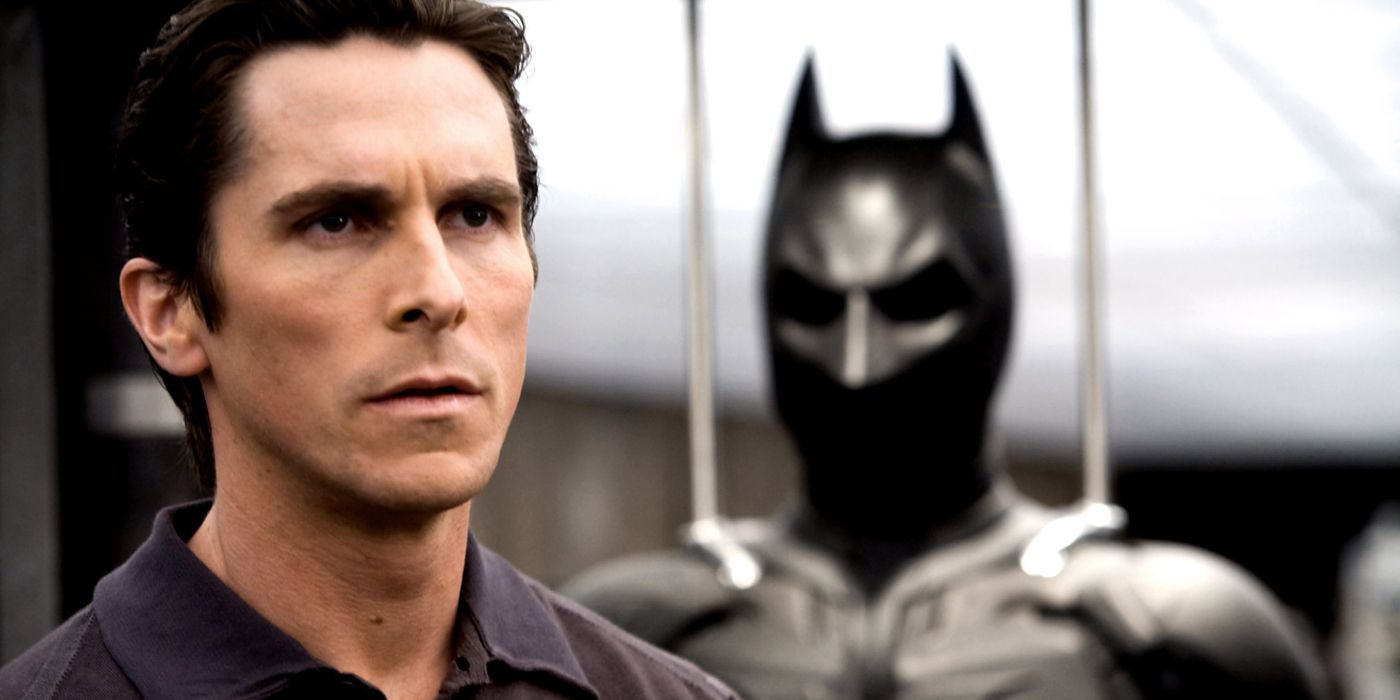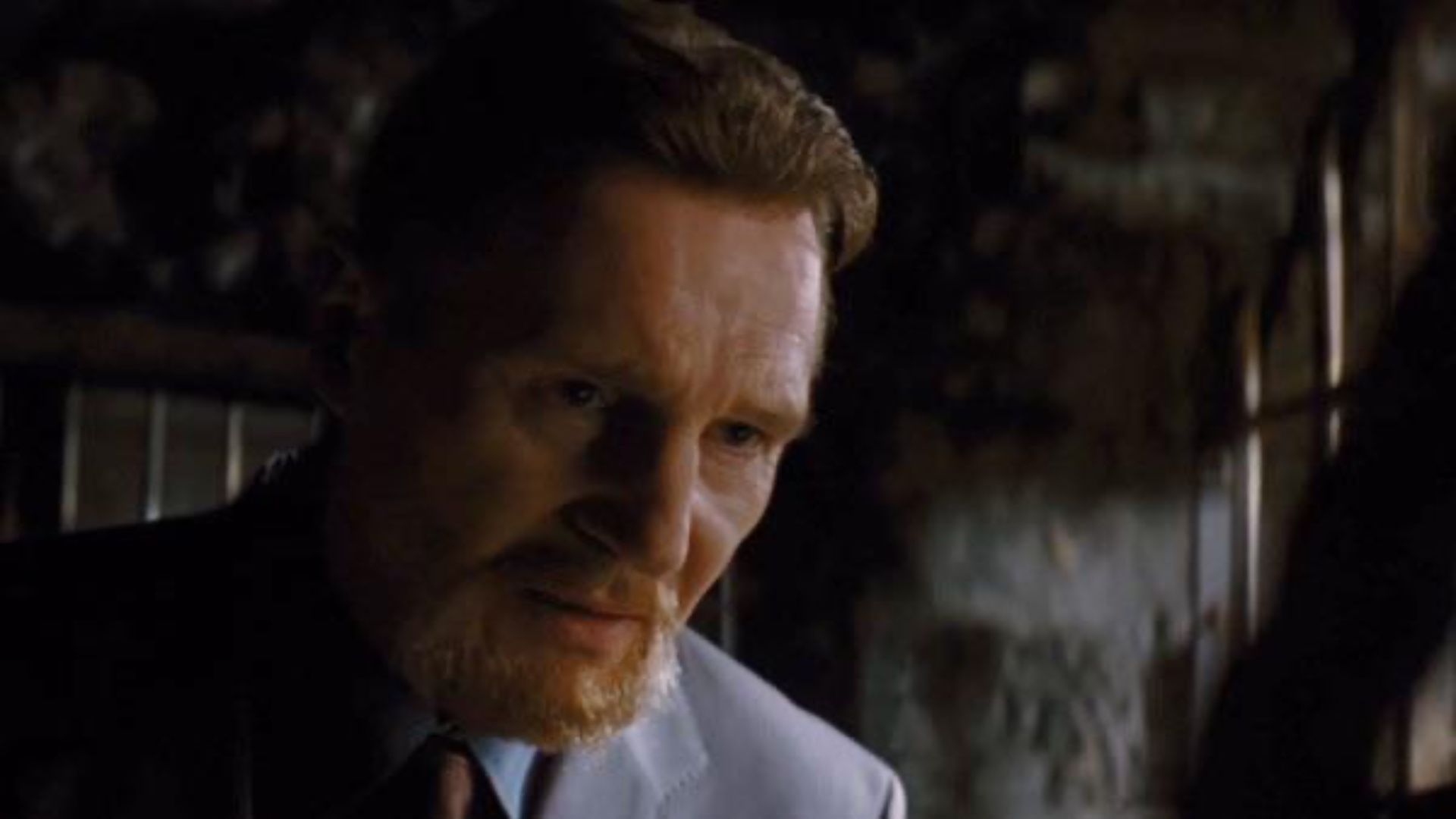
Christopher Nolan’s “Dark Knight” trilogy is widely regarded as the most mature and thought-provoking live-action portrayal of Batman. While directors such as Tim Burton, Joel Schumacher, Zack Snyder, and Matt Reeves have also attempted to bring the Caped Crusader to life in live-action films, none have managed to elevate him from his roots as a comic book character for children and use him to explore deep and complex themes as effectively as Nolan has.
As a cinephile, I find myself often caught up in the technical mastery and profound themes presented in The Dark Knight trilogy, particularly the movies that bear its name: The Dark Knight (2008) and The Dark Knight Rises (2012). Yet, it seems many critics and viewers overlook the film that ignited this cinematic journey – Batman Begins (2005).
Often, the less memorable villains and somewhat muted sociopolitical commentary in comparison to its sequels lead to its lesser status in most viewers’ minds. However, it is these very aspects that make Batman Begins stand out as the trilogy’s embodiment of the true essence of Batman. The film delves deeper into Batman’s personal and psychological struggles, offering a more intimate portrayal of both his identity, Bruce Wayne, and the man behind the mask.
How Batman… Well, Begins
The movie “Batman Begins” starts off with a well-known event among Batman enthusiasts: the death of young Bruce Wayne’s parents in an alleyway of Gotham City. In later years, as an adult (played by Christian Bale), Bruce tries unsuccessfully to avenge his parents’ murder. However, his childhood friend Rachel (Katie Holmes) advises him against taking the law into his own hands. Following a significant conversation with gangster Carmine Falcone (Tom Wilkinson), Bruce embarks on a global journey to master combat and crime-fighting techniques. Eventually, he finds himself under the tutelage of Henri Ducard (Liam Neeson) and the enigmatic League of Shadows.
Following a severe disagreement with the League, Bruce subsequently relocates to Gotham. There, he chooses to assume a bat-inspired persona as a means to combat crime within Gotham City. Accompanying him on this crusade are Rachel, his devoted butler Alfred (played by Michael Caine), the honorable police officer Jim Gordon from Gotham City (portrayed by Gary Oldman), and the brilliant tech-expert Lucius Fox (performed by Morgan Freeman).
Less Bat & More Man
As a movie critic, I’d say that “Batman Begins” is more about the journey of Bruce Wayne than just the Batman himself. Unlike traditional Batman films where he dons the cape and cowl early on, this film doesn’t have Bruce adopting his alter ego until nearly an hour into its 140-minute run time. Moreover, even when he does become Batman, key scenes like his heartfelt exchanges with Alfred and Rachel are portrayed without the mask, offering a unique focus on the man behind the myth.
Reducing screen time dedicated to Batman in this movie results in a somewhat less action-filled narrative compared to its subsequent installments. Instead, it delves deeper into Bruce’s personal growth and interpersonal relationships, while still maintaining an abundance of action, predominantly in the latter part.
In “Batman Begins,” the film delves into Bruce Wayne’s personal life and connections, adding depth and humanity to the Batman character. This is crucial as it helps us remember that there’s a complex individual beneath the intimidating costume. For the upcoming films where Bruce spends more time as Batman, this emotional connection will prove essential. Additionally, the strained relationships between Bruce and his closest allies in “The Dark Knight” and “The Dark Knight Rises” become more tense and heartbreaking at times, with unfortunate consequences. However, these storylines wouldn’t have been nearly as impactful if viewers hadn’t already formed an emotional bond with them thanks to “Batman Begins.
The Underrated Villains of ‘Batman Begins’



In the movie “Batman Begins”, the main villains are Dr. Jonathan Crane, or Scarecrow as he’s also known (played by Cillian Murphy), and Ducard who is later unmasked as Ra’s al-Ghul, a hidden leader of the League of Shadows. Bruce Wayne discovers that their intention is to contaminate Gotham’s water supply with a fear-inducing substance, aiming to instigate widespread panic and ultimately destroy the city, which they view as irredeemably corrupt.
Compared to the Joker (Heath Ledger) in “The Dark Knight” and Bane (Tom Hardy) in “The Dark Knight Rises,” Scarecrow and Ra’s may not be as memorable. Heath Ledger’s portrayal of the psychopathic, ideologically unstable Joker in “The Dark Knight” is often considered one of the greatest performances in any comic book movie. Bane, with his massive physique, stands out as the most intimidating villain in the trilogy. Moreover, both characters reflect real-world issues. The Joker symbolizes post-9/11 American fear of terrorism, while Bane embodies the ongoing struggle between the poor and working class against corrupt institutions and the wealthy elite, a conflict that remains relevant in American politics today.
Although Scarecrow and Ra’s may not possess the fear-inducing aura or gritty realism of Joker and Bane, they are captivating antagonists in their unique ways, serving as mirror reflections of Batman himself. The Scarecrow employs fear to manipulate others, a tactic that can be paralleled with Batman’s approach. In truth, Batman derives his alter ego concept from Falcone’s revelation about the power of fear as a control mechanism. Much like Ra’s al-Ghul and the League of Shadows, Batman shares their sense of justice and relentless crusade against crime and corruption. However, unlike Batman, the League prioritizes punishment over protection, mirroring Bruce Wayne’s character at the onset of the storyline.
Stepping into the shoes of a movie critic, I’d say that “Batman Begins” transcends typical superhero fare. It’s not just about a masked vigilante battling villains; it’s also a profound journey of transformation. Throughout the film, Bruce Wayne transitions from seeking vengeance for personal loss to championing justice and offering hope to a city often deemed hopeless by others.
The subsequent films in the trilogy are undeniably impressive, but “Batman Begins” masterfully encapsulates the essence of Batman – justice over vengeance. If you haven’t seen it yet, you can stream “Batman Begins” on Netflix or Max by following the link below: [Link]
Watch Batman Begins
Read More
- Silver Rate Forecast
- Black Myth: Wukong minimum & recommended system requirements for PC
- Gold Rate Forecast
- USD CNY PREDICTION
- Former SNL Star Reveals Surprising Comeback After 24 Years
- Grimguard Tactics tier list – Ranking the main classes
- Arknights celebrates fifth anniversary in style with new limited-time event
- Gods & Demons codes (January 2025)
- Maiden Academy tier list
- PUBG Mobile heads back to Riyadh for EWC 2025
2025-04-17 00:02